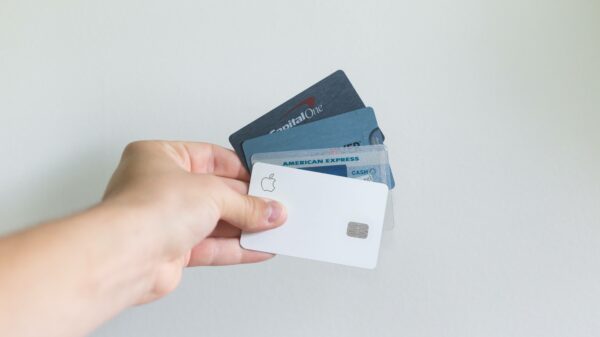Every business straddles a line between cost and profit. You cut corners where you can, but it must never be at the expense of quality or necessity, as that could actually lead to a greater cost in the event of catastrophe. However, there is a way to lower your company’s IT costs without risking much in the long run; in fact, some small investments now can eliminate or reduce hefty IT expenses in the future.
Bring Your Own Device
In this era, a business not ready to embrace BYOD, or “bring your own device,” is missing out on the opportunity to greatly slash or even eliminate their hardware budget. Many of your employees are bound to have their own smartphones, tablets, ultrabooks, netbooks or laptops. Let them use these devices to access the business’ servers, so they don’t have to carry around separate work and private devices, or be chained to a desktop you provide at the office. IT costs will lower as a result, too, because your IT department or consultants won’t be responsible for the care and upgrading of these devices, if you choose; instead, your employees and their personal IT consultants will be.
You can, as an option, give employees a stipend to spend toward the purchase of a device or data plan, which is less than you spend on each individual’s hardware and data plans currently, since they will be at least partially used for personal use.
Back Up Data Now
One of the most unnecessary expenses a business can spend is on data recovery—it may be necessary in the event of data loss, but with a proactive approach, you’ll never have to truly worry about complete data loss. Data may still become corrupted, or you could lose it in the event of natural disaster, robbery, malware or hacking, but if you have backup copies, it won’t be as big of an issue. Thus, you won’t be spending a large portion of your IT budget on data recovery, which sometimes isn’t even guaranteed. Some ideas for backing up data include:
- Working on a virtual network. Utilizing online cloud storage in another location will still hold, even in the event of a catastrophe at your office.
- Transferring backup copies of your important data, at least once a week, to an external hard drive, flash drive or series of discs. For extra protection, keep these physical copies of your sensitive data under lock and key, perhaps in another location in case of a situation such as a break-in at the office. You won’t regret having a physical method of backup, though, as sometimes even digital backups fail.
Beef Up Virtual Security
It’s a wiser investment to spend money on IT now in a proactive role, than to have IT spend time in a defensive role cleaning up a digital mess later. It’s worth it to spend money on IT every week making sure your anti-viral protection is up-to-date on your virtual network, website and on any devices that access the business’ network. There are simple methods of making sure everyone’s devices are the most current, too, including restricting access to the virtual network to only devices that meet software update standards.
Rely on Alert Employees
A little time now spent on developing a network usage plan may pay off later. Hold a meeting with your employees and make sure everyone is practicing the safe use of their devices that regularly access the business’ network to reduce the risk you face of spyware, viruses and hackers making their way to your sensitive business data. Smart methods include:
- Limiting access to devices. Even if it’s a personal device as well, if it’s used to access the work network, employees should not share it with others, not even family members, as they may not know how to prevent hacking and malware.
- Password-locking devices and logging off both the business network and the device itself, whenever the device is left unattended.
- Refraining from downloading sensitive data to the device. Whenever possible, employees should work on data via the virtual network. If not possible, they should delete the data immediately after use.
- Abstaining from downloading attachments or files from non-trusted sources.
- Avoiding falling for phishing scams or visiting non-trusted websites, as they could include drive-by-downloads via pop-up ads or fake program updates.

1 Comment
Leave a Reply
Cancel reply
Leave a Reply
This site uses Akismet to reduce spam. Learn how your comment data is processed.


























































































































































































Maja
December 5, 2012 at 7:14 pm
Taking back up data is one of the great technique. It saves huge cost of recovery of data.